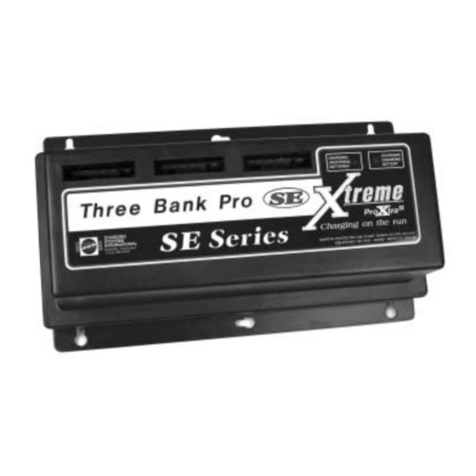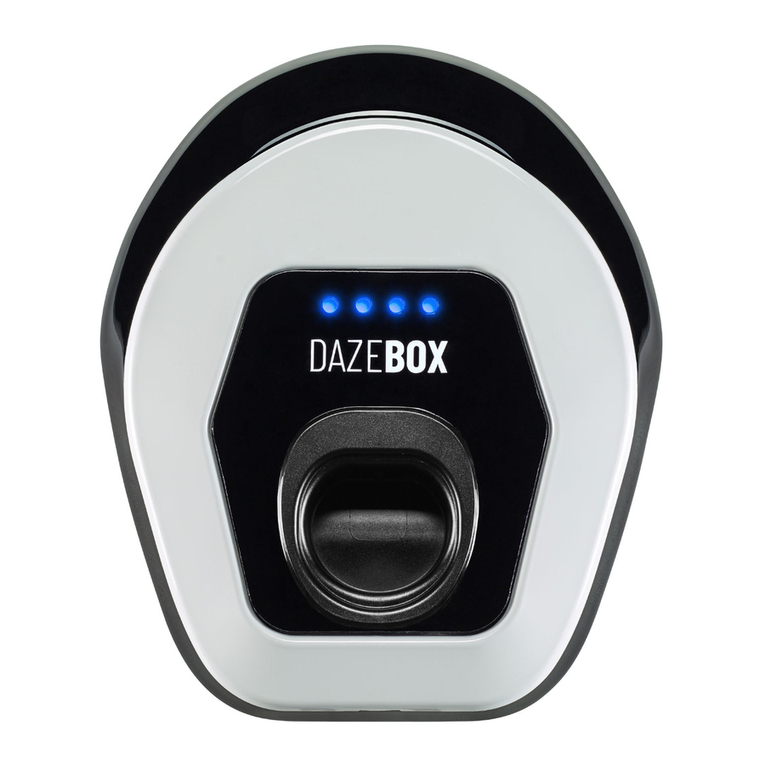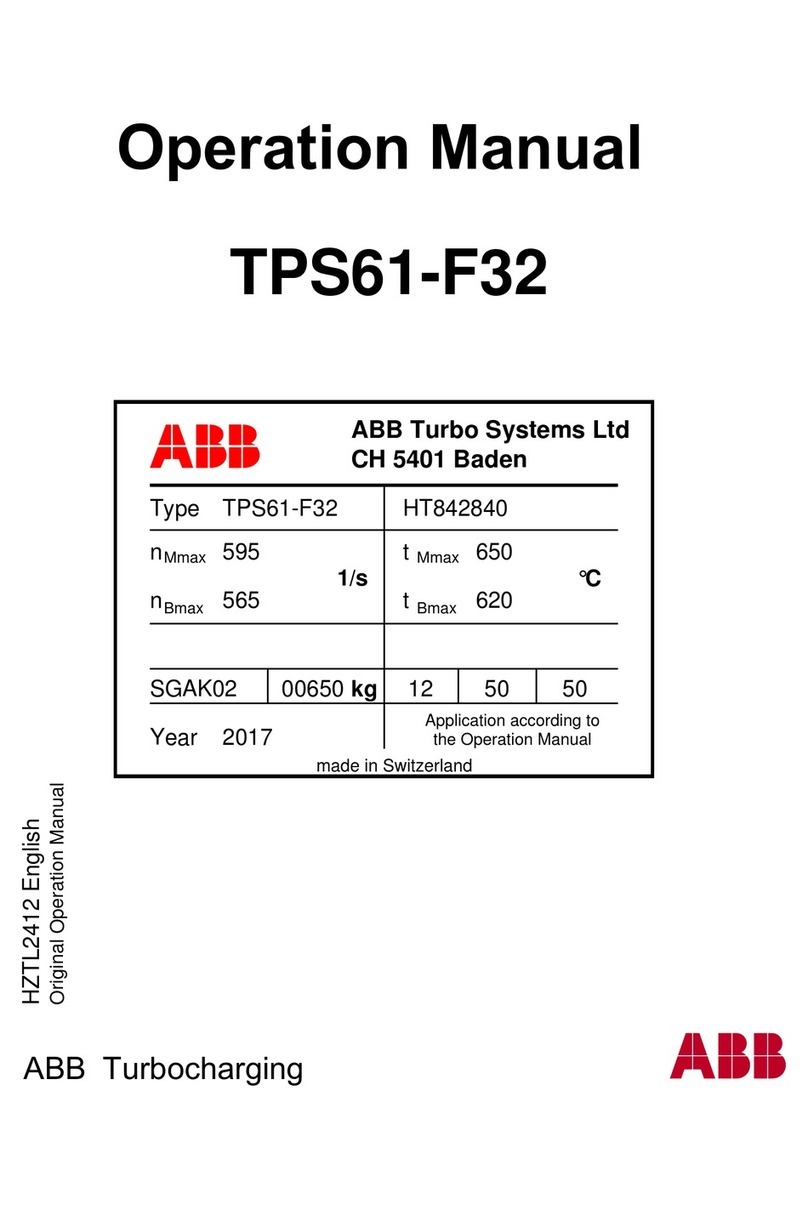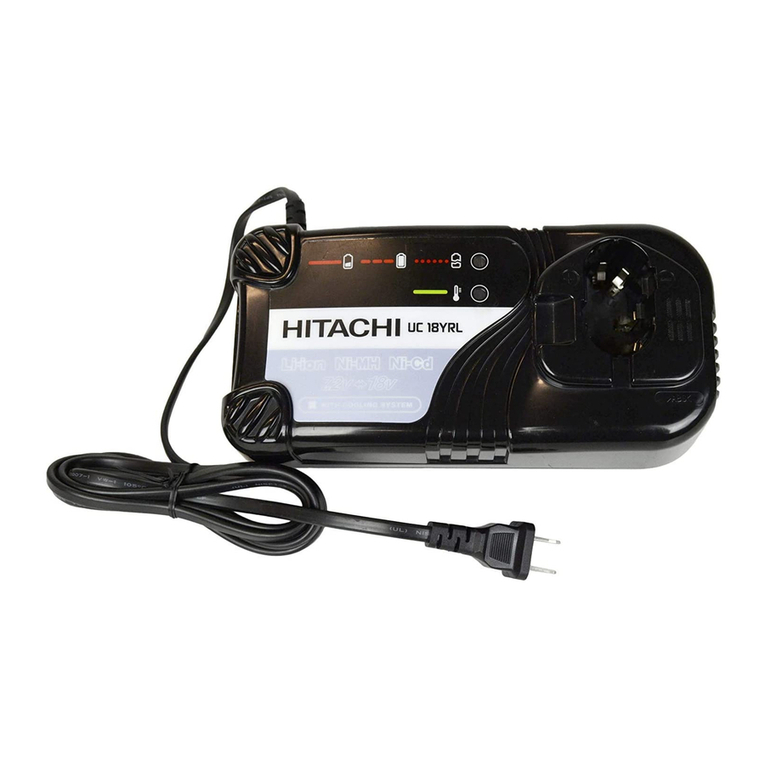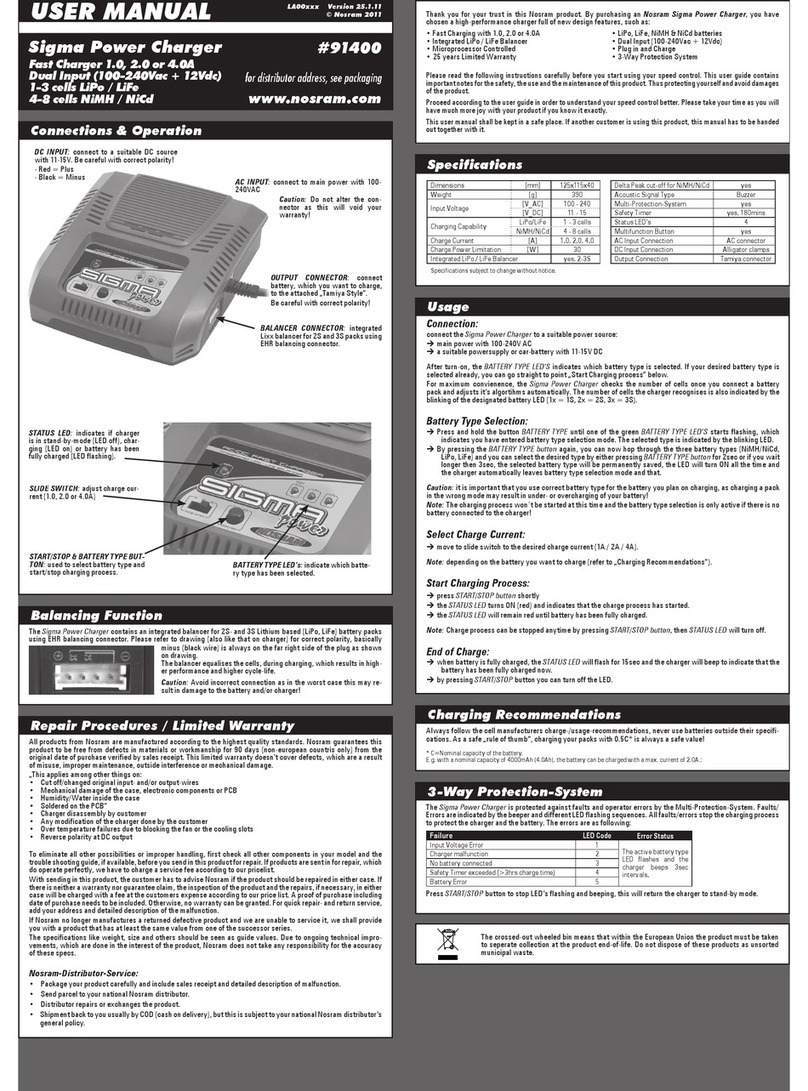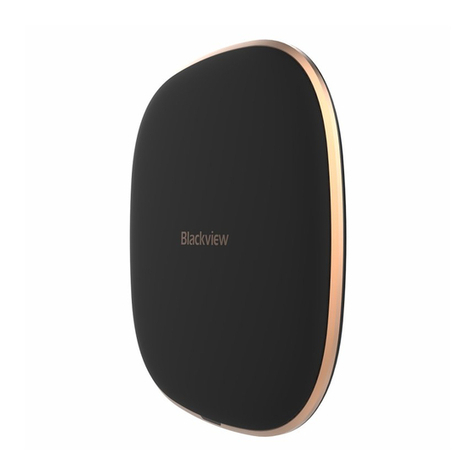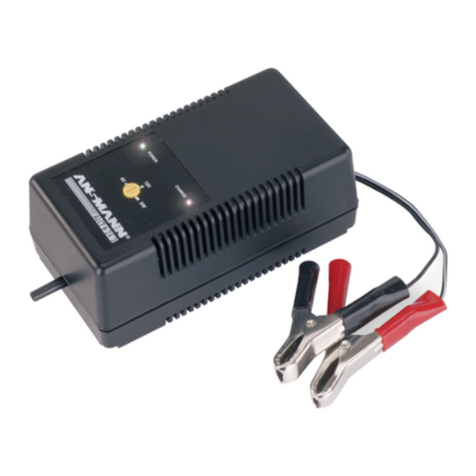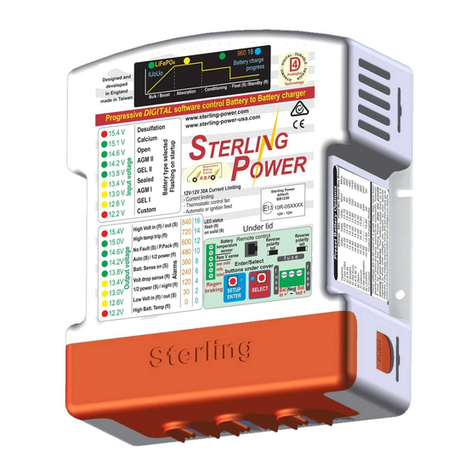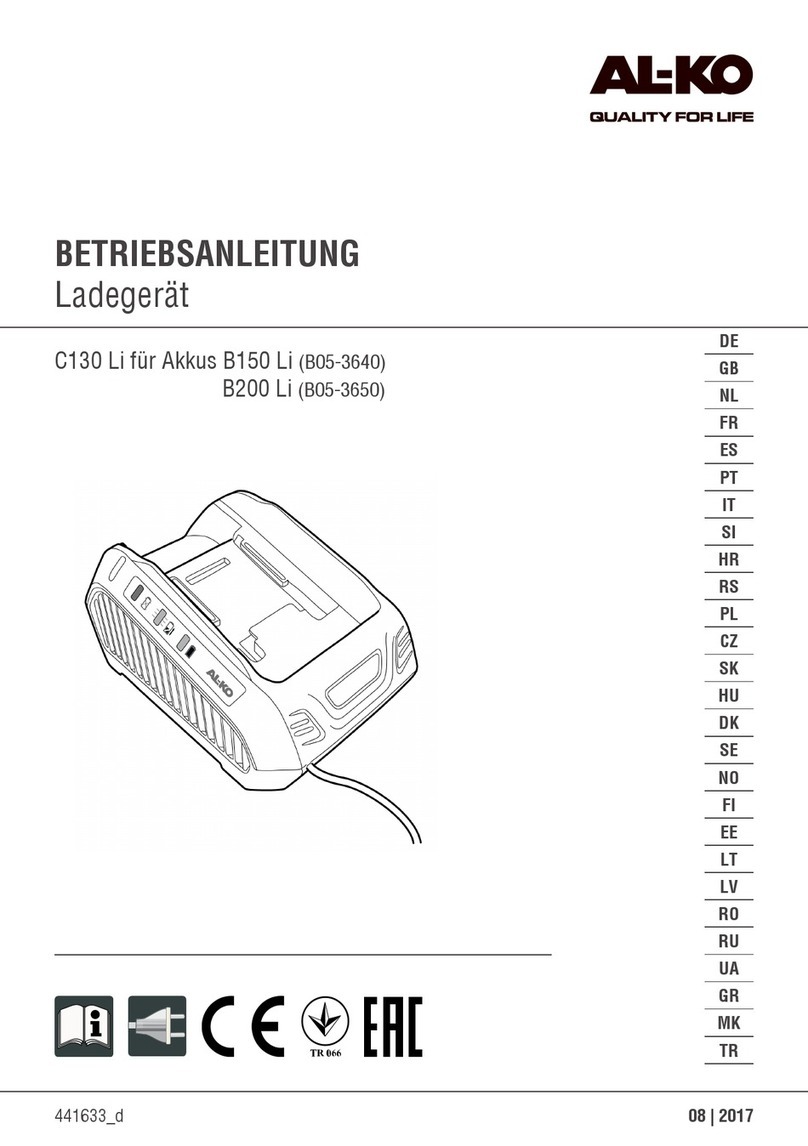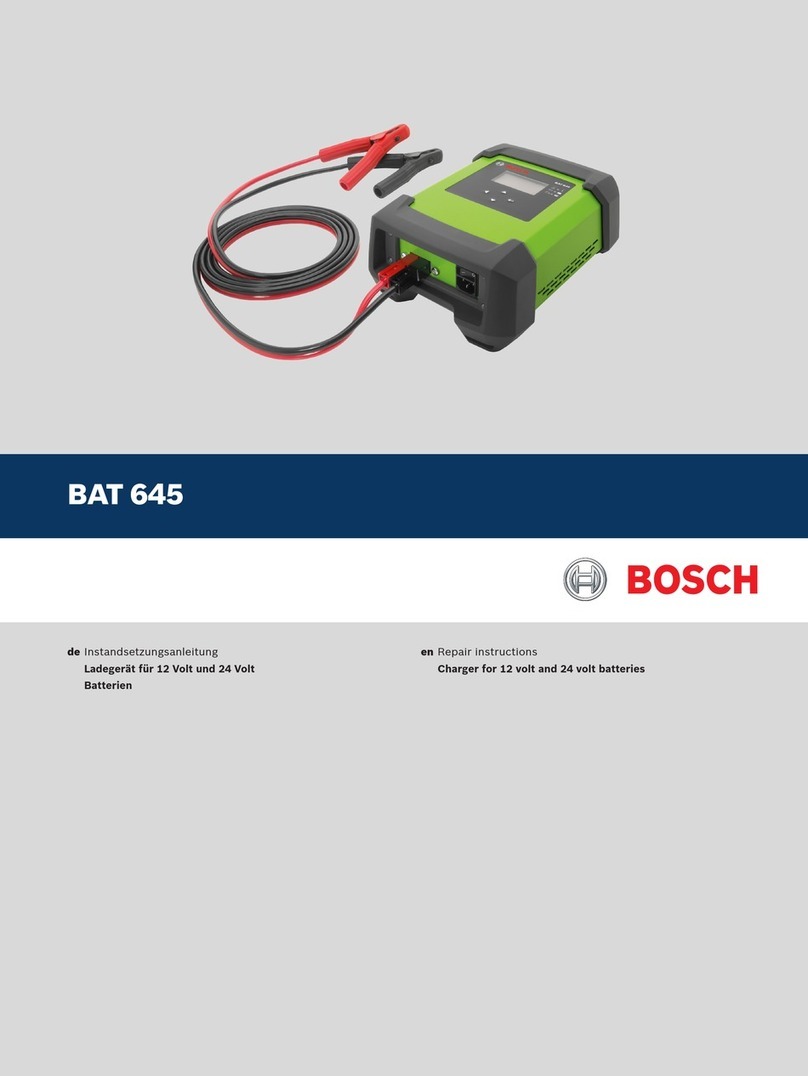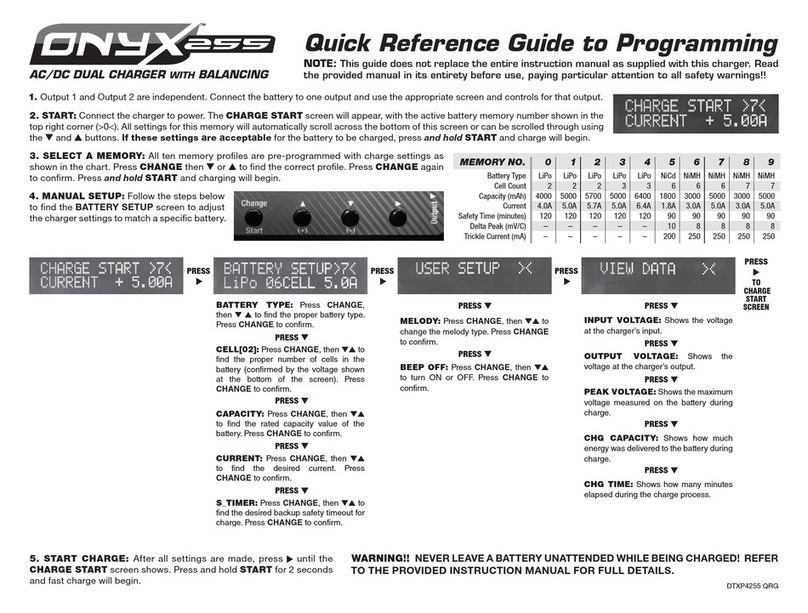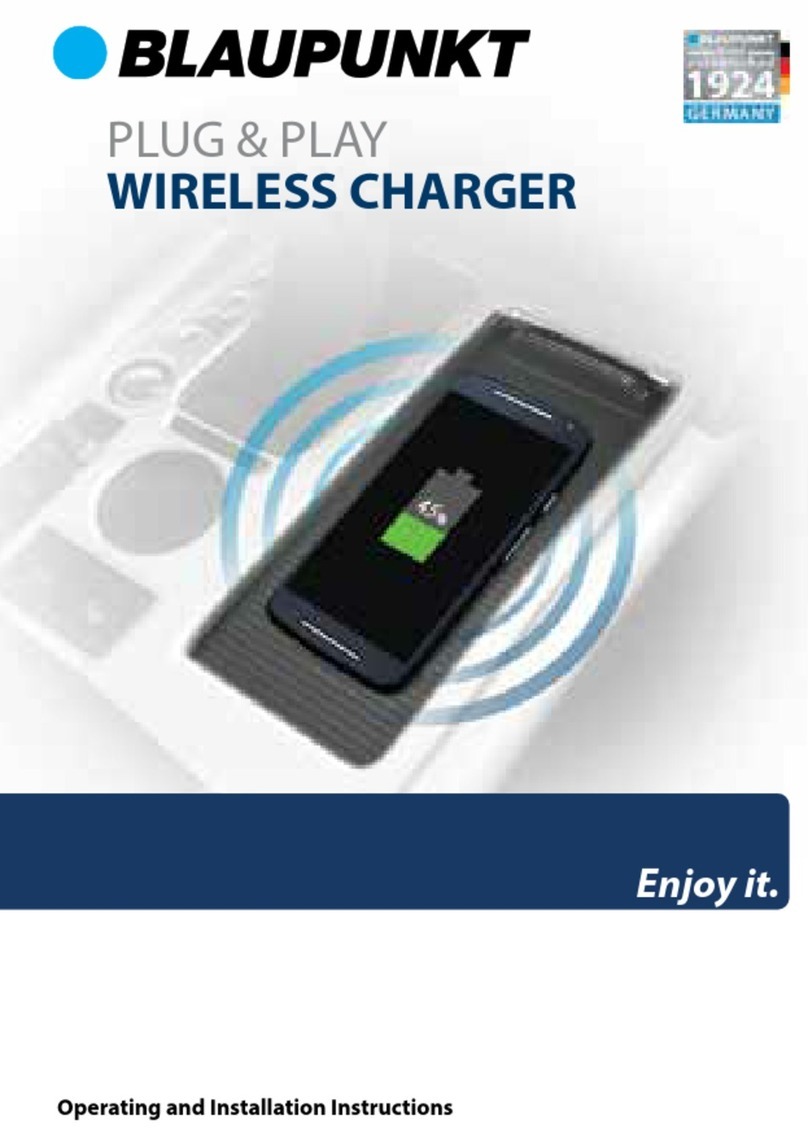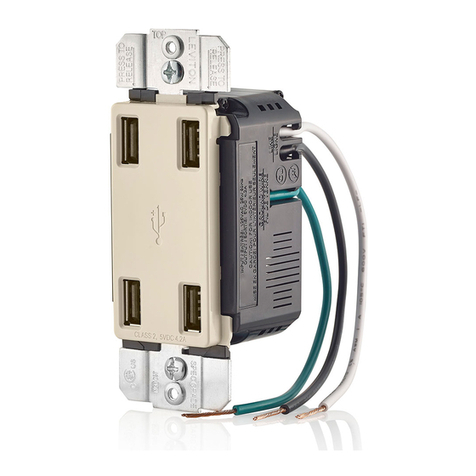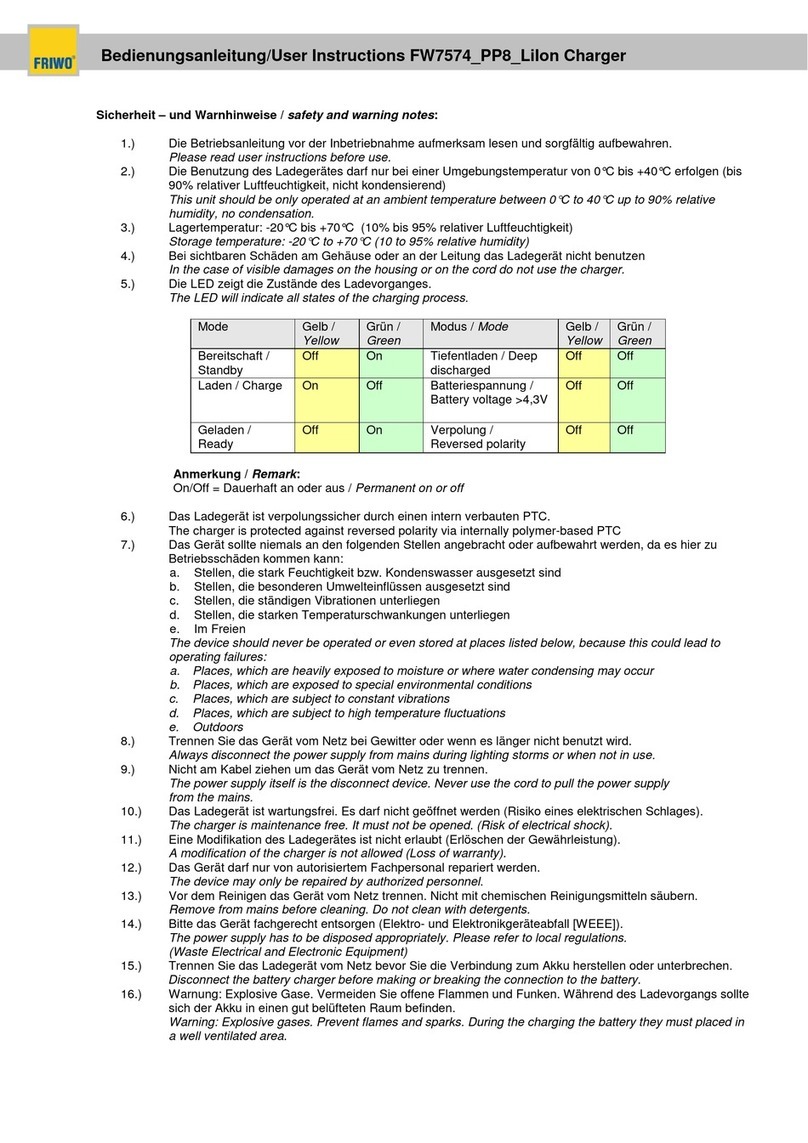Charging Systems International i-2412 User manual

Safety, Installation And Operating Instructions
For The Following Battery Charger Models:
i2412, i3612, i4809, i2425, i3625, and i4818
#Eagle Series
Charging Systems International
Nashville, TN • 1-800-742-2740
IMPORTANT NOTICE:
Please save and read these safety, operating and installation instructions
before installing or applying AC power to your Charging Systems International
charger. Contact Charging Systems International with any product, installation,
or service questions at 1-800-742-2740.

INTRODUCTION
Charging Systems International has been manufacturing quality battery charging
systems since 1989. Our products are designed and built tough to withstand
intense vibration and extreme temperature variations. Temperature
compensation is utilized to fully charge a battery in hot or cold environments and
all of our systems are controlled by microprocessors in order to assure precise
operation. All of our chargers have true reverse polarity protection and shut off
completely after each charge cycle.
INSTRUCTIONS FOR THE FOLLOWING BATTERY CHARGER MODELS:
For lead-acid batteries with capacities of 70 to 260 ampere-hours (20 AH rating):
MODEL AC Supply DC Output Battery System
i-2412 120 volts, 60 Hertz 12 amps @ 24 volts 24 volt, 12 cell, series connected
i-3612 120 volts, 60 Hertz 12 amps @ 36 volts 36 volt, 18 cell, series connected
i-4809 120 volts, 60 Hertz 9 amps @ 48 volts 48 volt, 24 cell, series connected
For lead-acid batteries with capacities of 180 to 260 ampere-hours (20 AH rating):
MODEL AC Supply DC Output Battery System
i-2425 120 volts, 60 Hertz 25 amps @ 24 volts 24 volt, 12 cell, series connected
i-3625 120 volts, 60 Hertz 25 amps @ 36 volts 36 volt, 18 cell, series connected
i-4818 120 volts, 60 Hertz 18 amps @ 48 volts 48 volt, 24 cell, series connected
TABLE OF CONTENTS
Important Safety Instructions . . . . . . . . . . . . . . . . . . . . . . . . . . . . . . . . .Page 2-3
Installation And Preparation . . . . . . . . . . . . . . . . . . . . . . . . . . . . . . . . . . .Page 4
General Operation . . . . . . . . . . . . . . . . . . . . . . . . . . . . . . . . . . . . . . . . .Page 5-6
Troubleshooting . . . . . . . . . . . . . . . . . . . . . . . . . . . . . . . . . . . . . . . . . . . . .Page 7
Warranty Information . . . . . . . . . . . . . . . . . . . . . . . . . . . . . . . . . . . . .Back Cover
IMPORTANT SAFETY INSTRUCTIONS
SAVE THESE INSTRUCTIONS — This manual contains important safety and
operating instructions for future reference.
Understand and relate the Hazard Levels and Signal Words utilized in this
manual with the following definitions:
This symbol means: Immediate hazards, which will result in
severe personal injury or death.
This symbol means: Hazards or unsafe practices, which
could result in severe personal injury or death.
This symbol means: Hazards or unsafe practices, which may
result in minor personal injury, product or property damage.
This symbol means BE ALERT! Your safety, or the safety of others, is
involved!
2
DANGER
CAUTION
WARNING

3
Personal Safety Precautions
Always read all instructions before using your charger!
1. Wear complete eye protection and clothing protection. Avoid
touching eyes while working near battery. Have plenty of fresh water
and soap nearby in case battery acid contacts skin, clothing or eyes. If
battery acid contacts skin or clothing, wash immediately with soap and
water. If acid enters eye, immediately flood eye with running cold water
for at least 10 minutes and get medical attention immediately.
2. Dress properly. Wear protective, electrically nonconductive clothes and nonskid
footwear. Remove personal metal items such as rings, bracelets, necklaces, and
watches when working with a lead-acid battery. A lead-acid battery can produce a
short-circuit current high enough to weld a ring or the like to metal, causing a severe
burn. Wear restrictive hair covering to contain long hair.
3. Avoid working alone. Be sure someone is within range of your voice or close enough
to come to your aid when you work near a lead-acid battery.
4. Stay alert. Watch what you are doing, use common sense. Do not operate any
charger when you are tired.
5. Keep children away. Children must never be allowed in the work area. Do not let
them handle machines, tools, battery chargers, or extension cords.
6. Keep work area clean. Cluttered areas invite injuries.
7. Observe work area conditions. NEVER smoke or allow a spark or flame in vicinity of
battery or engine. Don’t expose to rain. Keep work area well lit.
8. Do not overreach. Keep proper footing and balance at all times. Do not reach over or
across electrical cables or frames.
9. Avoid electrical shock. To reduce risk of electrical shock, unplug charger from outlet
before attempting any maintenance or cleaning.
10. Do not operate charger with damaged electrical cord or plug. To reduce risk of
damage to electric plug and cord, pull by plug rather than cord when disconnecting
charger. If damaged, replace the electrical cord or plug immediately.
11. Store idle equipment. When not in use, store equipment in a dry location to inhibit
rust. Always lock up tools and equipment and keep out of reach of children.
12. Maintain charger with care. Inspect periodically and, if it has received a sharp blow,
been dropped, or otherwise damaged in any way, have repaired by an authorized
technician. Do not disassemble charger; contact the factory when service or repair is
required. Incorrect reassembly may result in risk of electrical shock or fire.
13. Check for damaged parts. Before using any battery charger, any part that appears
damaged should be carefully checked to determine that it will operate properly and
perform its intended function. Check for any broken parts and any other condition that
may affect proper operation. Any part that is damaged should be properly repaired or
replaced by a qualified technician. Do not use the charger if any part does not operate
properly.
14. Replacement parts and accessories. When maintaining, only use accessories
intended for use with this charger. Approved accessories are available from Charging
Systems International (800-742-2740).
SAVE THESE INSTRUCTIONS!

4
INSTALLATION AND PREPARATION
To reduce risk of battery explosion, follow these
instructions, those published by battery manufacturer,
and manufacturer of any equipment you intend to use in vicinity of battery.
Review cautionary markings on these products and on engine.
If it is necessary to relocate the battery for charging, first remove the grounded
terminal from the battery. Then make sure all accessories are off, so as not to
cause an arc.
RISK OF EXPLOSIVE GASES. WORKING IN THE
VICINITY OF A LEAD-ACID BATTERY IS DANGEROUS.
Batteries generate explosive gases during normal battery operation. For
this reason, it is of utmost importance that each time, before using your
charger, you read this manual and follow the instructions exactly.
Be sure area around battery is well ventilated while batteries are being charged.
Gas fumes can be forcefully blown away by using a piece of cardboard or other
nonmetallic material, such as a fan.
Clean battery terminals. Be careful to keep corrosion from coming in contact with
eyes.
Add distilled water to each cell until battery acid reaches level specified by
battery manufacturer. This helps purge excessive gas from cells. Do not overfill.
For a battery without cell caps, carefully follow manufacturer’s recharging
instructions.
Study all battery manufacturer’s specific precautions such as removing or not
removing cell caps while charging and recommended rates of charge.
When using an extension cord, make sure that:
• pins on plug of extension cord are the same number, size, and shape as
those of plug and charger;
• extension cord is properly wired and in good electrical condition;
• wire size is large enough for AC ampere rating of charger.
Always make your extension cord connection on the
charger side before connecting to a nearby 120VAC
GFCI protected (Ground Fault Circuit Interrupt) outlet. Failure to use a GFCI
outlet may result in electric shock.
Note: Extension cords should be industrial grade/heavy duty U.L. approved and
grounded. Check extension cord before use for damage, bent prongs and cuts.
Replace if damaged.
Connect the extension cord to the charger; then proceed to plug the extension
cord to a nearby 120VAC GFCI protected (Ground Fault Circuit Interrupt) outlet.
Always remove the extension cord from the 120VAC outlet first when charging is
completed followed by unplugging the charger.
CAUTION
WARNING
WARNING

5
GENERAL OPERATION
Use charger for charging a LEAD-ACID (lead acid,
sealed lead acid, gel cell and AGM) battery only. It is not
intended to supply power to a low voltage electrical system other than in a
starter-motor application. Do not use battery charger for charging dry-cell
batteries that are commonly used with home appliances. These batteries
may burst and cause injury to persons and damage to property.
DO NOT attempt to attach a charger to a battery pack if
the output of the charger does not match the battery
pack voltage. Example: Model i-3612 is a 36 volt output charger and is only
usable on 36 volt battery systems. Charger and battery damage can occur.
Be extra cautious to reduce risk of dropping a metal
tool onto battery. It might spark or short-circuit battery
or other electrical part that may cause an explosion. If damaged contact
Charging Systems International.
NEVER charge a frozen battery.
Assure that your charger and batteries are properly vented. Connect your
extension cord, with no AC Power present, to the battery charger and proceed to
plug your extension cord in at a nearby 120VAC GFCI protected (Ground Fault
Circuit Interrupt) outlet.
Risk of electrical shock! Do not touch uninstalled parts
of the battery charger output connector, battery
connector, or battery terminals.
Once you plug in your Charging Systems International battery charging system,
the charge cycle will begin automatically. State of charge will be displayed by
illumination of the LED's on the battery status indicator located on the front of the
unit.
DO NOT disconnect the DC output electrical cord from
the battery receptacle when the charger is on. The
resulting arcing and burning of the plug and receptacle could cause the
batteries to explode. If the charger must be stopped, first disconnect the
AC power supply cord from its outlet, then disconnect the charger DC
output plug from the battery receptacle.
We recommend that you leave your system plugged in to reduce sulfate build-up
and to allow your Charging Systems International charging system to keep your
batteries fully maintained and ready to perform at their best.
DANGER
CAUTION
WARNING
WARNING
WARNING
WARNING

6
Charging Indications
When your battery charging system is activated, the battery status indicator
provides charging information utilizing five red LED indicators and one green
LED indicator.
Normal indications:
Red LED indicators — Five red LED indicators are provided in order to display
the progress of the charge cycle in percentage of charge. Indications are as
follows:
1 red BLINKING LED . . . . .No Battery Detected - Not Charging
1 red LED . . . . . . . . . . . . . .Charging - Initial Charging Up To 10%
2 red LED’s . . . . . . . . . . . . .Charging - 30% Complete
3 red LED’s . . . . . . . . . . . . .Charging - 50% Complete
4 red LED’s . . . . . . . . . . . . .Charging - 70% Complete
5 red LED’s . . . . . . . . . . . . .Charging - 90% Complete
Green LED indicators— one green LED indicator is provided in order to display
the status of the battery once the charge cycle is terminated. Indications are as
follows:
BLINKING GREEN LED . . .Charge Complete - Within Last 12 Hours
STEADY GREEN LED . . . .Charge Complete - Monitoring Batteries
The green LED is illuminated whenever the charge cycle has terminated and the
internal circuitry has determined the batteries to be fully charged. The green LED
will blink during the first 12 hours following charge cycle completion. After the 12
hour period, the green LED will remain on steady and the internal circuitry will
monitor battery voltage. If the battery voltage drops to a factory determined
setting, the green LED will turn off and the charger will automatically return to
charge status.

7
TROUBLESHOOTING
PROBLEM: No LED indicators illuminated on battery status indicator.
Solution Sequence:
1.
Confirm that current is being delivered to the charger.
Use a meter or test
light to check the AC power supply from its source through all connecting
points up to the charger.
2.
Check that the AC circuit breaker (on front of the unit) is depressed.
3.
Call the factory for further assistance.
PROBLEM: One red LED flashing.
Solution Sequence:
1.
Check the battery for correct polarity.
With the AC power supply cord
unplugged, check the battery connection for correct polarity (Red to positive
or +) and (Black to negative or -). Also check for corrosion free secure
connections to the batteries.
2.
Call the factory for further assistance.
PROBLEM: The charge status indicator changes rapidly back and forth
from red to green or the green LED will not illuminate after excessive
charging time (24 hours or more).
Solution Sequence:
1.
Disconnect AC power from the charging system.
This indication may signify
a possible battery problem.
2.
Call the factory for further assistance.
PROBLEM: A green LED was illuminated before disconnecting the power
from the charger, but upon reconnection, red LEDs appear and remain on.
This is the normal operating procedure for the system.
It indicates that a re-
analysis of the battery status was initiated and after a series of steps the green
LED will illuminate.

Copyright© 2005 by Charging Systems International® All rights reserved.
LIMITED WARRANTY
Charging Systems International makes this Limited Warranty only to the original
retail purchaser.
Charging Systems International warrants this battery charger for three years from
the date of retail purchase against defective materials and/or workmanship. If such
should occur, this unit will either be repaired or replaced at the discretion of the
manufacturer. It is the responsibility of the original purchaser to return the charger
along with proof of purchase, transportation and/or any mailing or handling charges
prepaid to the manufacturer or its authorized representative.
This limited warranty is void if the product is misused, improperly maintained,
handled carelessly or incorrectly operated. This warranty is also void if the charger is
disassembled or repair is attempted by anyone other than an authorized
representative.
Charging Systems International makes no other warranty other than this limited
warranty and expressly excludes any implied warranty including any warranty for any
incidental or consequential damages.
This is the only expressed limited three year warranty authorized by Charging
Systems International and does not assume nor authorize anyone to assume or
make any other obligation towards the product other than this three year Limited
Warranty. Some states do not allow limitation of incidental or consequential
damages, so the above limitations may not apply to you.
This warranty gives you specific legal rights and you may also have other rights
which vary from state to state.
Please call Charging Systems International at 1-800-742-2740 for full warranty
information.
This manual suits for next models
5
Table of contents
Other Charging Systems International Batteries Charger manuals
